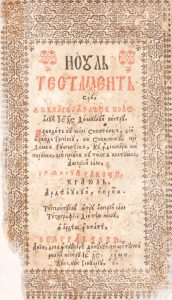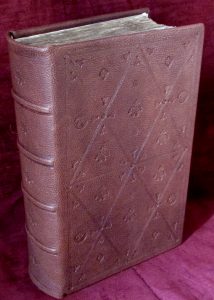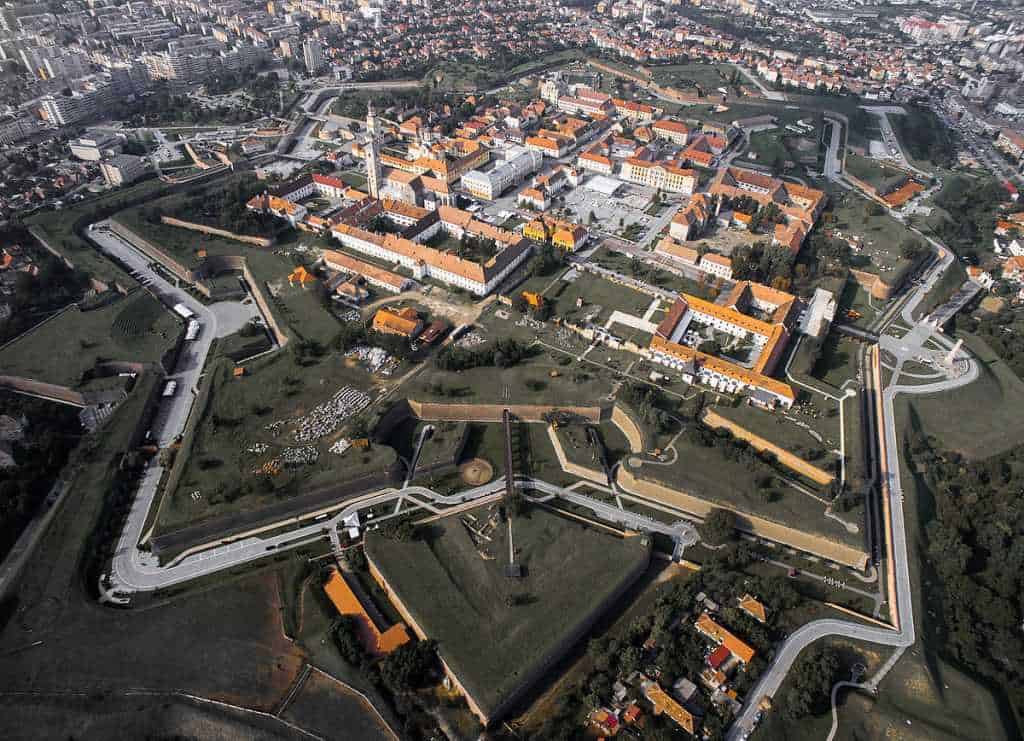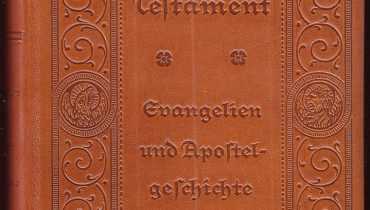The New Testament of Alba Iulia
Main subject of this article is Romanian translation of the New Testament printed in Alba Iulia. It’s known that history of any people had great influence on translations of the New Testament. So, before we start, it’s important to say few words about Romanian history.
Romanian Principalities
In the Middle Ages, Romanians lived in three principalities: Wallachia, Moldavia and Transylvania. Both Wallachia and Moldavia were semi-independent principalities. They were ruled by Romanian voivodes. Sometimes they were subjects of Hungarian, sometimes of Ottoman rule. So, this lasted all up until 1859 when Wallachia and Moldavia have united. Unification initiated the development of the modern Romanian state.
Struggle for power
Things were different with Transylvania. Hungarians conquered this region. After that , between the 10th and 13th they repopulated the region. The principality of Transylvania was also semi-independent. However, it was ruled exclusively by Hungarian nobles. The Székelys and Saxons had local authority and self-government. Romanian peasants occupied the lowest social rank, superior only to slaves. The Romanians suffered the additional disability of adherence to the Eastern Orthodoxy. Catholic Church considered it a deviant and sometimes even a heretical form of Christianity.
Calvinistic reformation
In the 16th century, the Calvinistic reformation gained many supporters in Eastern Hungary. In the 17th century there had been a power struggle between Catholic and Calvinist noblemen. So, when George I Rákóczi became a Prince of Transylvania he wanted to consolidate his power. So, he insisted that the Orthodox Romanian people receive protestant Calvinistic confession. Rákóczi had to do this through peaceful ways. Therefore, investing in publishing religious books that would abolish the differences between the two confessions became a necessity. So, during the 1640s, he tasked Simeon Stefan to translate the New Testament to Romanian language.

Title page of the New Testament of Alba Iulia
The beginning
Simeon Stefan began his search for educated priests that knew how to translate the New Testament. After he found them, he brought them to Alba Iulia, the cultural center and the capital of Transylvania. Translators used Greek, Slavic and Latin texts as sources. They wrote it for the people and introduced many neologisms, some of them Romanians still use. Simeon Stefan greatly contributed to the vocabulary of Romanian language. Also, the style of translation played a part in the affirmation of the Romanian people. Even though the translators made an effort to enrich the language through neologisms, they couldn’t detach themselves from the local spelling and vocabulary.
Publication
The New Testament of Alba Iulia was published in 1648, year when Prince George I Rákóczi died. The Romanians of Transylvania resisted conversion. Of course, the New Testament in their own language played a significant role in their national awakening. Four decades later, the ruler of Wallachia ordered a creation of The Bucharest Bible. That was the first complete translation of the Bible into the Romanian language, published in 1688. It was based on a Venetian Bible, the Old Testament by Nicolae Milescu and the New Testament of Alba Iulia.

Luxurious leather binding complementing the important textblock inside.
Unification
Simeon Stefan was canonized in 2011 for his role in creation of this important religious and cultural document.
After centuries of mistreatment, the Romanians of Transylvania finally had a country of their own. In the year of 1918, Transylvania joined Wallachia and Moldavia in unified Romania.
Photo of old town of Alba Iulia taken from Wikipedia
Other photos are taken from our store.
Srđan Dimitrijević




